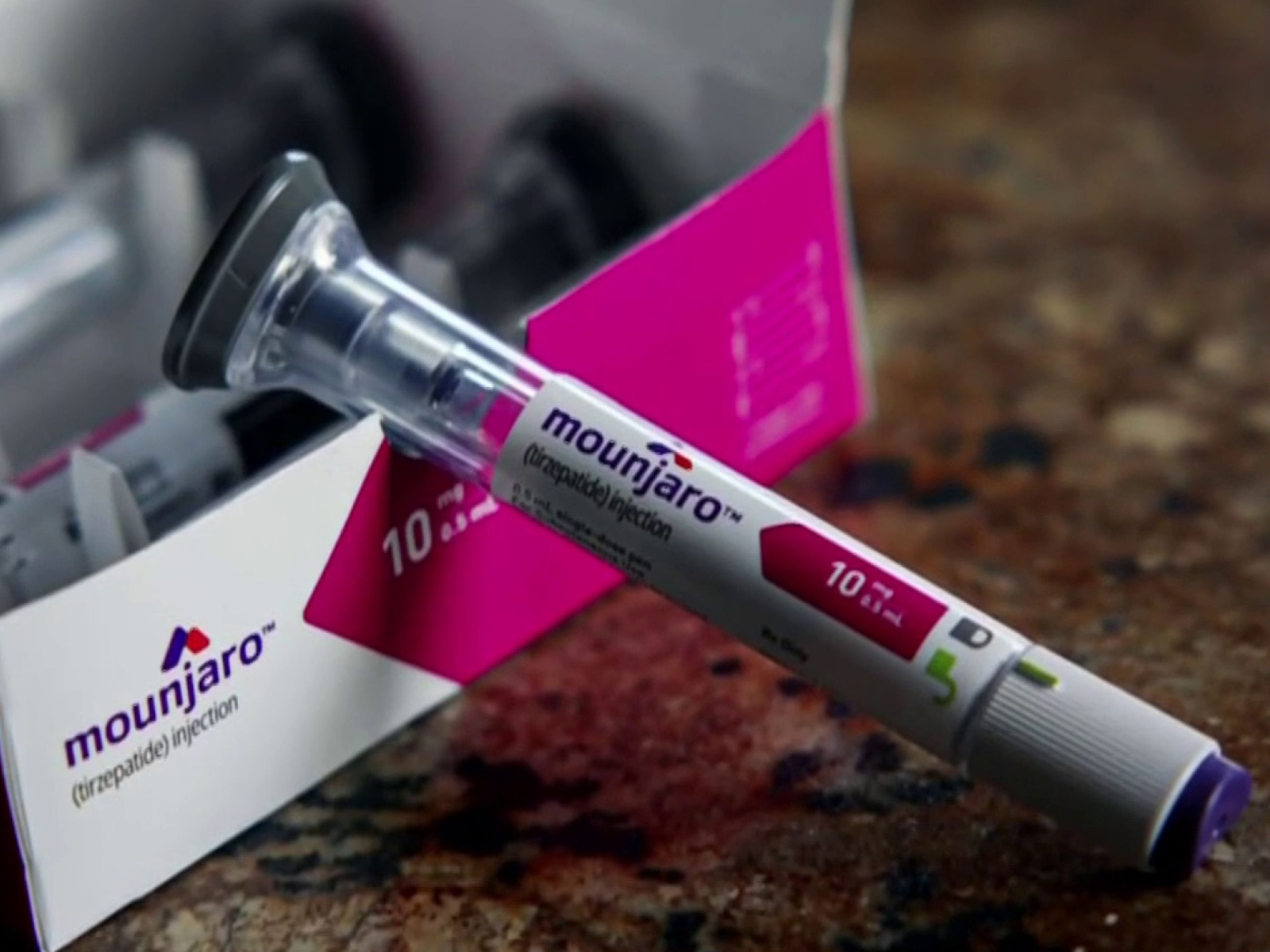What Are the Benefits of PRP Hair Treatment ?
Platelet-Rich Plasma (PRP) therapy has gained immense popularity in the field of cosmetic and medical treatments. Among its varied applications, PRP hair treatment has emerged as a revolutionary option for addressing hair thinning and promoting hair health. This innovative approach is particularly appealing for individuals seeking non-surgical solutions to boost hair density and strength.
In the context of hair restoration, PRP Hair Treatment in Dubai has gained traction for its ability to stimulate hair follicles naturally. By leveraging the body’s healing properties, PRP offers a promising alternative to conventional hair regrowth treatments. This article explores the essential aspects of PRP hair treatment, detailing its procedures, scientific foundation, and frequently asked questions.
Understanding PRP Hair Treatment
PRP hair treatment utilizes platelet-rich plasma derived from the patient’s blood. Platelets play a vital role in tissue repair and regeneration, making them a powerful resource for stimulating dormant hair follicles. The therapy involves extracting a small amount of blood, processing it to isolate the PRP, and injecting it into targeted areas of the scalp.
The Science Behind PRP Therapy
PRP therapy works on the principle of harnessing growth factors to revitalize hair follicles. Platelets contain proteins that encourage cell growth and tissue repair. When injected into the scalp, these growth factors promote blood circulation, strengthen hair roots, and stimulate inactive follicles. The result is improved hair texture, reduced hair fall, and increased density over time.
How PRP Hair Treatment is Performed
The PRP hair treatment process is straightforward and minimally invasive. Here’s a step-by-step overview:
- Blood Collection: A small sample of blood is drawn from the patient, usually from the arm.
- Centrifugation: The blood sample is spun in a centrifuge to separate platelet-rich plasma from red and white blood cells.
- Preparation: The PRP is collected in a sterile syringe for injection.
- Injection: The PRP is injected into the scalp at areas experiencing hair thinning or loss.
The entire procedure typically lasts about an hour, with minimal downtime required for recovery.
Who Can Benefit from PRP Hair Treatment?
PRP hair treatment is suitable for individuals experiencing:
- Androgenetic alopecia (male or female pattern baldness)
- Hair thinning due to aging or hormonal changes
- Early-stage hair loss
- Hair shedding caused by stress or poor scalp health
It is not recommended for individuals with certain medical conditions, such as blood disorders or active infections, as these may affect the treatment's efficacy.
Common Myths About PRP Hair Treatment
Despite its growing popularity, several misconceptions surround PRP hair treatment. Let’s address some of these myths:
Myth 1: PRP hair treatment is painful.
Reality: While mild discomfort may occur during injections, most patients describe the procedure as tolerable. Topical anesthetics are often used to minimize any pain.Myth 2: Results are instantaneous.
Reality: PRP therapy requires patience, as visible improvements typically appear after a few months of consistent treatment.Myth 3: It is a one-time procedure.
Reality: PRP hair treatment usually involves multiple sessions spaced weeks apart, followed by maintenance treatments for long-term results.
Pre-Treatment and Post-Treatment Care
Proper care before and after the procedure enhances the effectiveness of PRP hair treatment. Key recommendations include:
Before Treatment:
- Avoid alcohol and smoking to ensure optimal platelet function.
- Stay hydrated and eat a balanced meal before your appointment.
After Treatment:
- Refrain from washing your hair for at least 24 hours.
- Avoid harsh hair treatments, such as coloring or heat styling, for a few days.
- Follow your practitioner’s instructions regarding scalp care.
What to Expect During Recovery
Recovery from PRP hair treatment is typically quick, with most patients resuming normal activities the same day. Temporary redness, swelling, or mild tenderness at the injection sites may occur but should subside within a day or two.
Frequently Asked Questions About PRP Hair Treatment
1. How long does PRP hair treatment take to show results?
Visible improvements in hair density and quality are usually observed after three to six months, with continued progress over time.
2. Are there any risks associated with PRP hair treatment?
Since PRP is derived from the patient’s blood, the risk of allergic reactions or infections is minimal. However, it’s essential to choose a qualified practitioner to ensure safe and effective treatment.
3. Can PRP hair treatment be combined with other therapies?
Yes, PRP can complement other hair restoration treatments, such as topical medications or laser therapy, for enhanced results.
4. How many sessions are required?
A typical treatment plan involves three to six sessions, spaced about four to six weeks apart. Maintenance sessions may be needed every six to twelve months.
Lifestyle Tips to Maximize Results
Incorporating healthy habits into your routine can amplify the benefits of PRP hair treatment. These include:
- Eating a diet rich in vitamins and proteins to nourish hair follicles.
- Using gentle, sulfate-free shampoos to protect the scalp.
- Managing stress levels through relaxation techniques like yoga or meditation.
The Role of Professional Expertise
The success of PRP hair treatment largely depends on the expertise of the practitioner. Choosing a certified and experienced specialist ensures the procedure is performed safely and effectively, with the desired results.
Conclusion
PRP hair treatment stands out as a scientifically backed, minimally invasive solution for hair restoration. By stimulating the scalp’s natural regenerative processes, this innovative therapy offers a pathway to healthier, fuller hair. Whether dealing with early-stage hair loss or seeking a non-surgical alternative, PRP hair treatment provides a promising option for individuals aiming to rejuvenate their hair and confidence.




Comments
Post a Comment